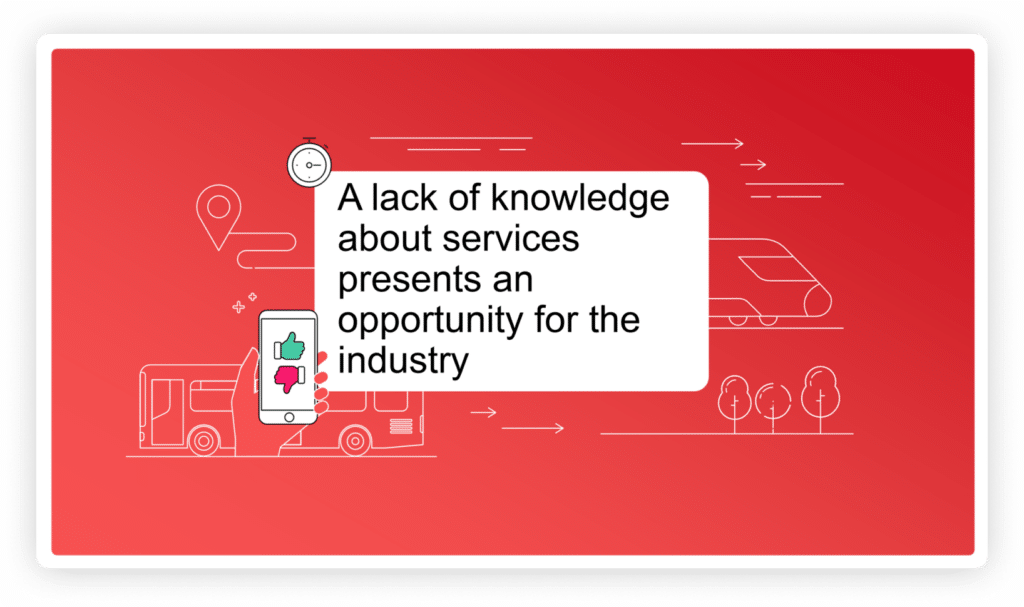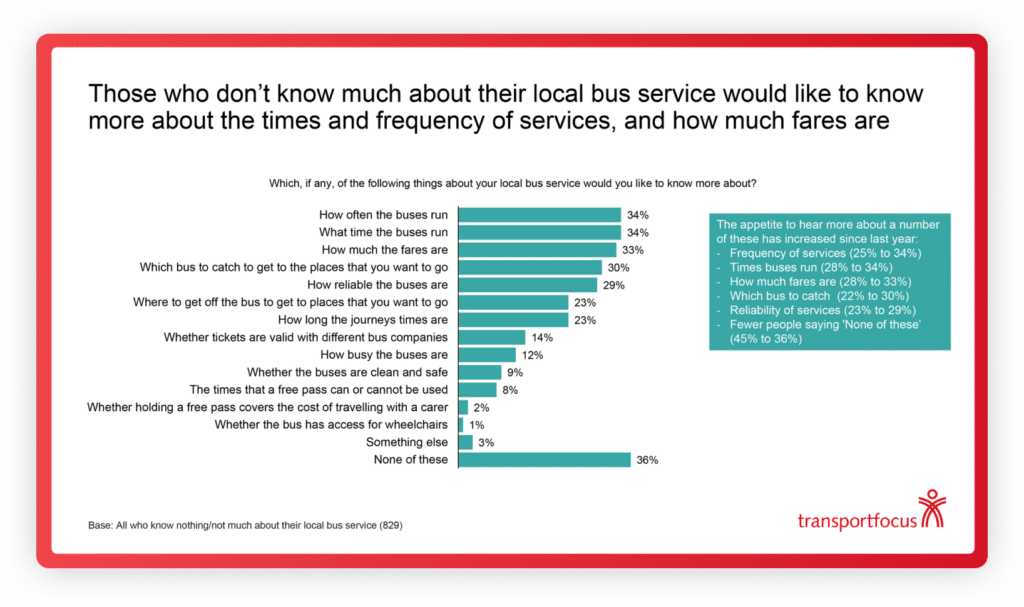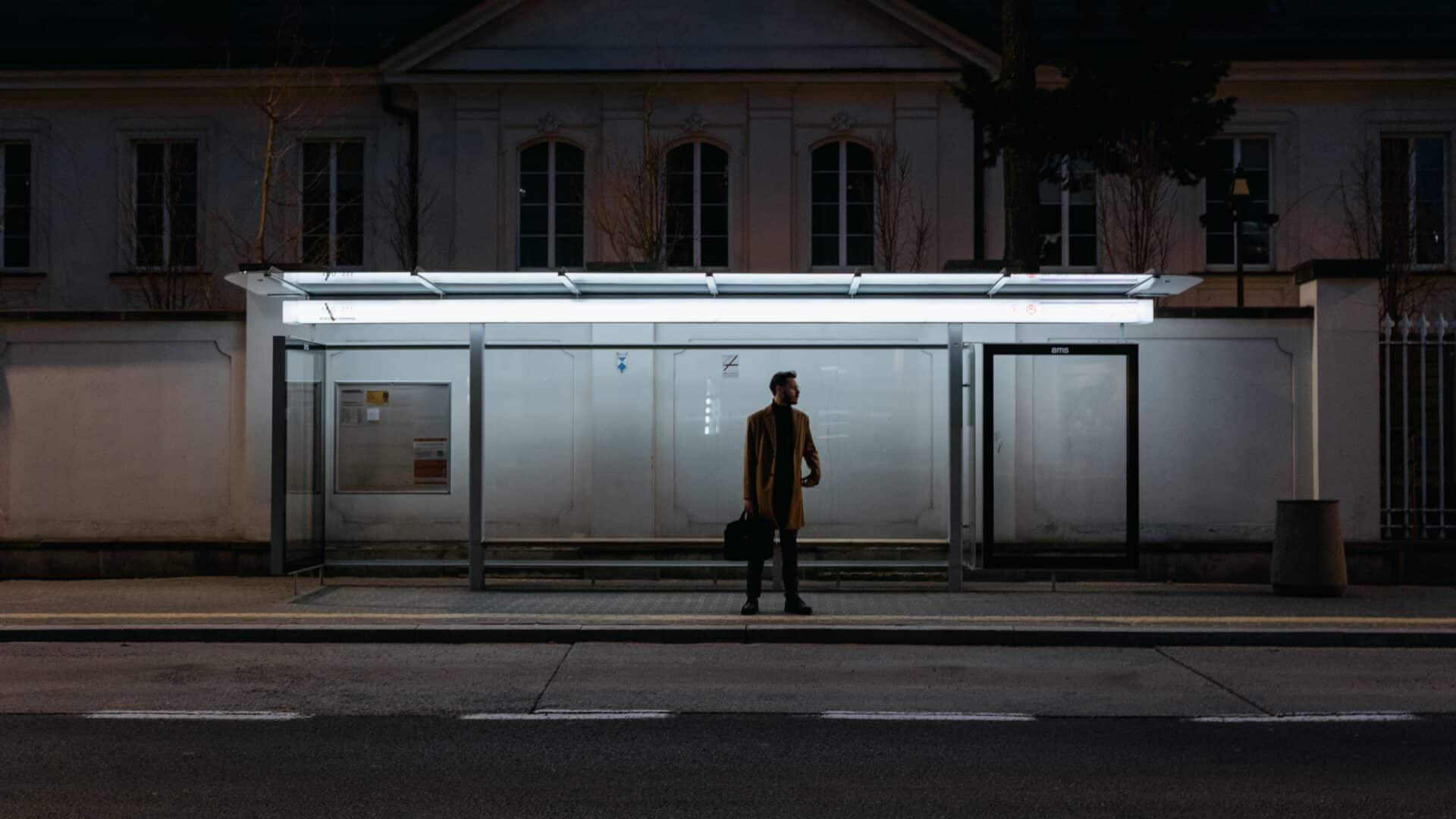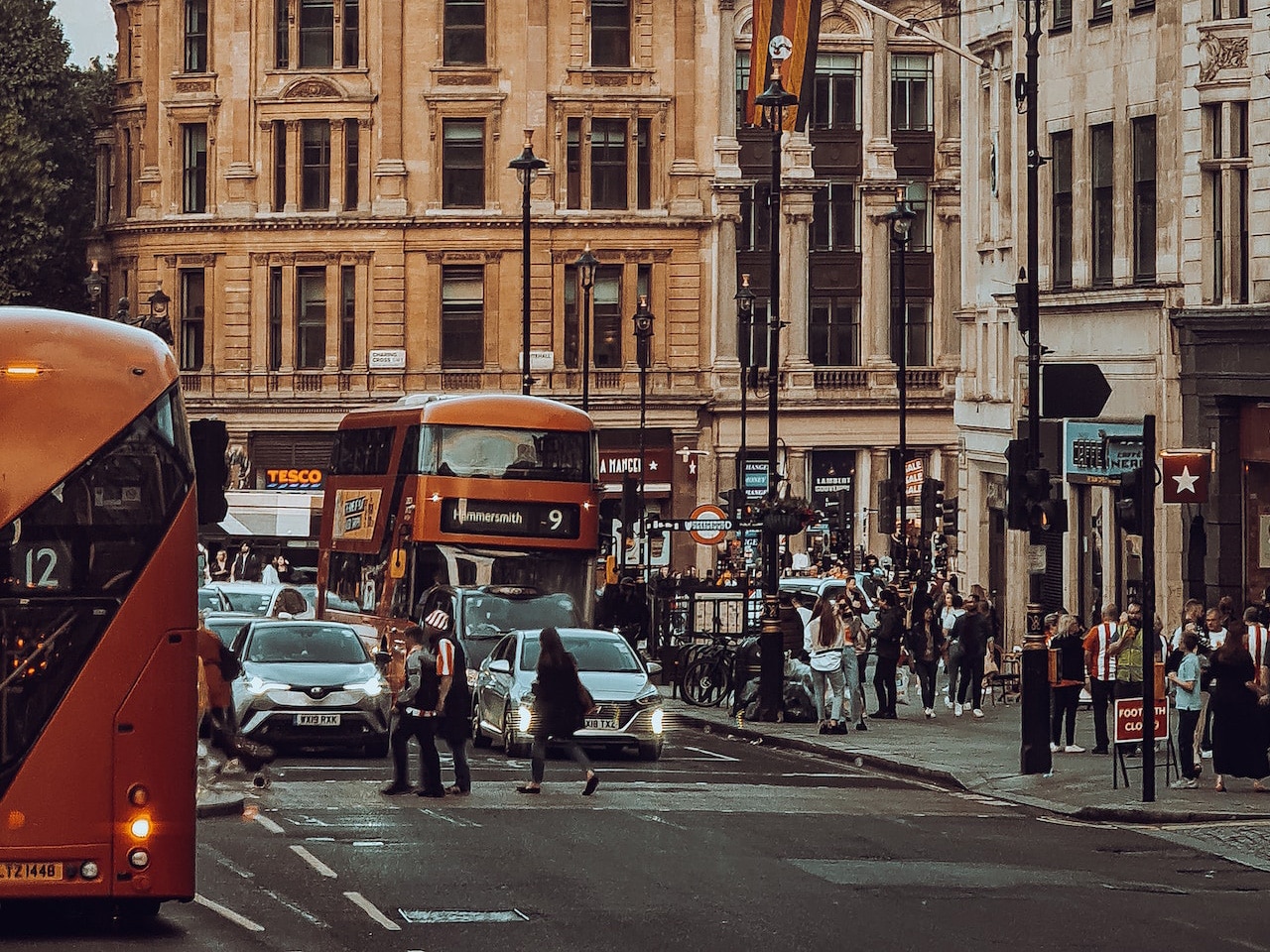Breaking down the barriers to catching the bus
Getting non-users to try the bus, instead of taking their car, is an existential priority for the bus industry in a post-pandemic world. A combination of simplification, consistent messaging and technology is already being leveraged to achieve it.
16th Jan 2024


Over recent years, the UK bus industry has debated — and dismantled — both the actual and perceived barriers to travel. If even the most avowed non-users were to check out a modern bus service and compare it to what they remember from years gone by, they’d be blown away by the transformation. The comfort and quality of buses have been vastly upgraded. The decarbonisation of fleets is well underway through substantial capital investments into moves to electricity and hydrogen. Modern ways to pay make it easier than ever to unlock longer term better value; and technology has revolutionised the way we plan journeys and access services.
If only they’d take a look.
According to Transport Focus, the independent watchdog representing the interests of Britain’s rail, bus and tram passengers in England (outside of London), nearly half of non-users say nothing would encourage them to use buses. The UK bus industry is driven by a tremendous desire to get more people on-board, and yet according to the watchdog’s Motivations and Barriers to Bus Usage 2023 report, “a preference for the car among non-users will be hard to overcome.”
As many industry commentators have noted, and despite the great strides of recent years, the bus industry is fighting to become relevant to the millions that have never tried it — especially in a post-pandemic world. The sudden disruption of lockdown, followed by intense restrictions on daily life, led to lasting changes in people’s travel habits — affecting how often they use the bus, or whether they use it at all. Working from home, distance learning, online shopping and digital recreation have all chipped away at the need to travel, with the erosion accelerated by the pandemic.

But encouragingly, the Motivations and Barriers to Bus Usage Survey also highlights that “a lack of knowledge about services presents an opportunity for the industry”. Therefore easy access to high quality information driven by consistent messaging must be a focus. The £2 fare cap has done a lot to simplify the marketing message for bus operators in England. But there are three things for the industry to be mindful of: the cap doesn’t apply in Scotland, Wales or Northern Ireland (where transport policy is devolved); even within England, converting occasional users to regular passengers means promoting longer term, better value tickets; and, of course, the £2 cap may not be around forever, which means other methods will be needed for temporarily induced demand to become permanent.
Quick tactics can entice people to try something; clever tactics then encourage them to stay.

Even with a national £2 fare message, information readily available online and the adoption of mobile apps by operators — many much-loved by regular bus users — the journey time and overall convenience remains a barrier to those that aren’t yet users. As a society we are drunk on the low effort, instant gratification and convenience afforded to us by modern living; Uber Eats, Deliveroo, Amazon, supermarket home deliveries. So it’s no surprise that some 70% of non-bus users say they prefer to travel by car — an option that takes them from exactly where they are to exactly where they want to be. Indeed, 49% of them say nothing would prise their steering wheel out of their hands. Just over a quarter of non-users describe journey time and convenience as off-putting, followed by just under a fifth who flagged up reliability. Ironically, of course: if more motorists used the bus — even for the occasional journey — there would be less traffic on the roads and fewer delays for those that really need to drive. In that ideal world, buses would run more quickly and reliably, thus kick-starting a virtuous cycle of popularity and growth.
“the bus doesn’t go where i need it to go”
Among former and non-users alike, 14% report that they would consider using the bus more often if routes went where they wanted to go. Some of those people will have access to bus services nearby, but just wish they reached different destinations; some will actually have the connections they desire, and just aren’t aware of it; and others, unfortunately, will find themselves living somewhere that simply isn’t connected by a public transport network at all — perhaps having lost its service altogether in recent years.
Planners typically aim to deliver the best possible networks on their patch, but their hands are inevitably tied in some cases by economic realities. A bus network isn’t designed to guarantee every possible combination of door-to-door access, but building simple transfers into schedules, can really break down barriers. The perceived complexity of an unfamiliar network can feel overwhelming, so it’s necessary for operators to make that information as accessible as possible, leveraging technology to help people find their way.
“The £2 fare cap introduced by Government and some Mayoral Combined Authority areas has demonstrated that some people will respond to price signals”
Motivations and Barriers to Bus Usage Survey, Transport Focus
Some 27% of former users would get back on-board if buses offered “better value”. A notoriously subjective phrase that doesn’t necessarily mean “cheaper”, but the enigmatic intersection between what people think they should pay for the services they receive. Innovations such as contactless capping, which ensures people never pay more than they have to, go a long way towards overcoming that. Post-pandemic ticket product innovations, such as the opportunity to buy a three-day flexi-pass instead of getting locked into a traditional seven-day ticket, might be the difference between a hybrid worker using the bus ever again or not — given how radically commuter habits have changed since 2020.
But there’s a lot to be said for demystifying the ticketing range in any given network too. In some cases, that would require active measures to simplify products and pricing instead of adding new ones. In many places, however, the work to simplify has already been done, and the remaining task is to make non-users — those prospective passengers that the UK bus industry so desires — more aware of what’s on offer.
It is in our nature, especially in such a busy modern world, for us to be drawn to things that are simple to understand and easy to use. Hence the success, at scale, of the likes of Deliveroo and Amazon. With the right digital solutions, the bus industry can satisfy all of these things — bringing old customers back, and attracting new ones too.

Newsletter
We care about protecting your data. Here’s our Privacy Policy.
Related news

6th Oct 2023
How could you put me in that position?
Balancing the complexity of actual and perceived safety for passengers.
28th Mar 2023
Vectare investing in the highest quality digital tools with myTrip
Vectare has recently launched a new integrated eCommerce website for its local bus, DRT and school bus services on the myTrip platform.

6th Jun 2023
Safe walking routes research project gets underway
Passenger announces new research project into user expectations around the safety of journey planner walking routes.

Start your journey with Passenger
If you want to learn more, request a demo or talk to someone who can help you take the next step forwards, just drop us a line.